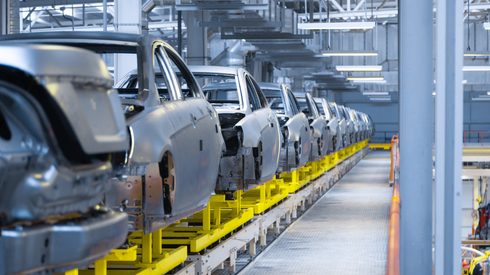- Top-line driven by higher London Metal Exchange prices, despite flat sales volumes
- Results affected by higher costs and rising distribution expenses
- Weak economic activity, higher inflation and rising interest rates have had a negative impact on consumer demand
- Macro-economic factors continue to pressure markets, resulting in unclear direction and price trends
- Company aims to exceed 2022 production target of 1,560,000 tonnes.
- Value-added sales averaged 67% of total shipments in the first half of 2022, compared with 64% in the same period of 2021.
Second quarter (April-June) 2022
(year-on-year change)
Profit
$483.9 million, up by 97% year-on-year from $246.2 million.
Total comprehensive Income
$536.9 million, up 123% year on year from $241.1 million.
Gross profit
$553.2 million, up by 68% year on year from $328.9 million.
Revenue
$1.38 billion, up by 41% year on year from $984 million.
First half (January-June) 2022
(year-on-year change)
Profit
$874.3 million, up by 127% year on year from $385.1 million.
Total comprehensive income
$951.8 million, up by 140% year on year, from $396.5 million.
Gross profit
$1.03 billion, up 89% year on year from 543.0 million.
Revenue
$2.59 billion, up by 45% year on year from $1.78 billion.
First-half production
787,592 tonnes, up by 1.7% year on year.
First-half sales volumes
742,658 metric tonnes, flat year on year.

Register for the International Aluminium Conference today
Hear from Alba’s CEO, Ali Al Baqali and other notable industry leaders as they share news and insights at this year’s International Aluminium Conference taking place in Barcelona, Spain 13-15 September.






